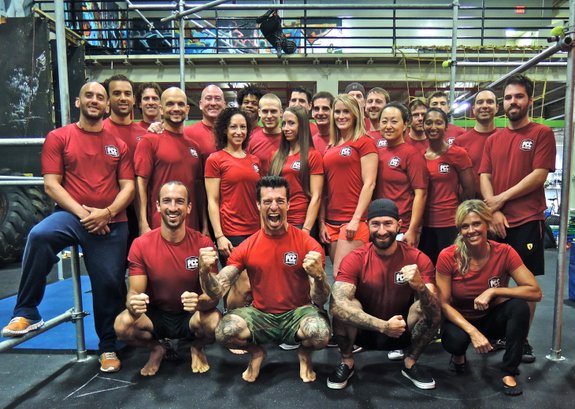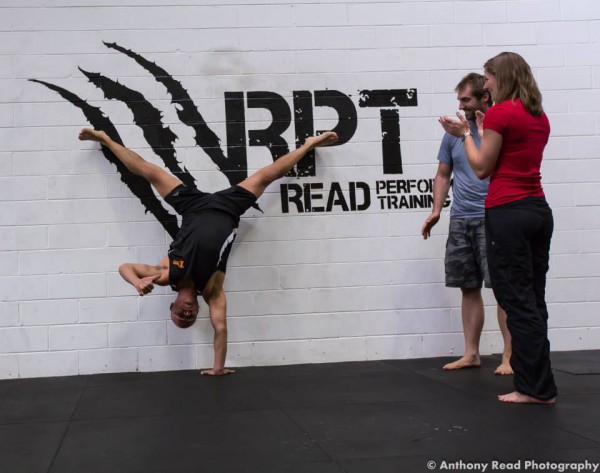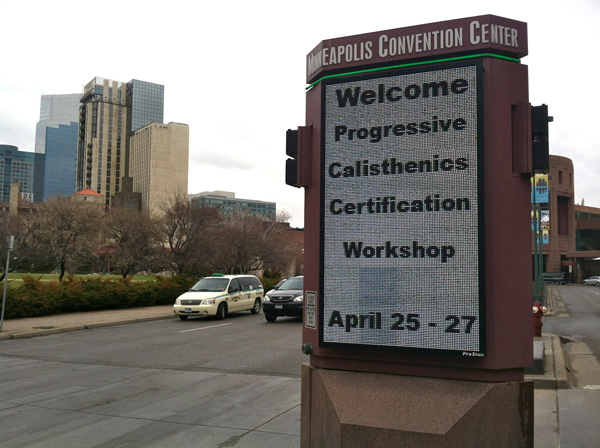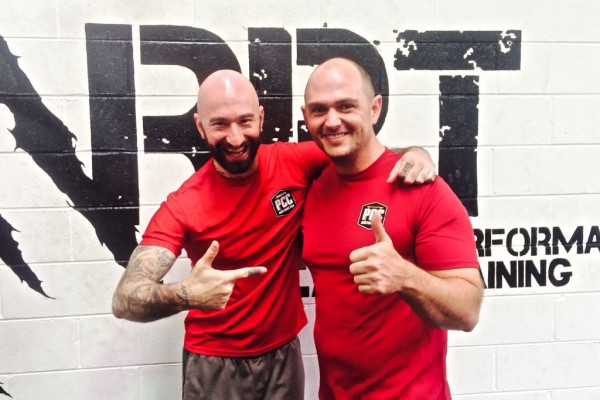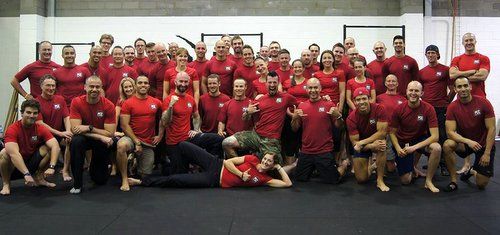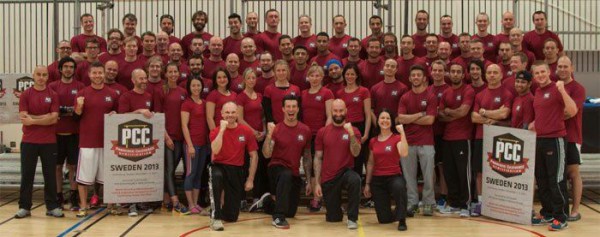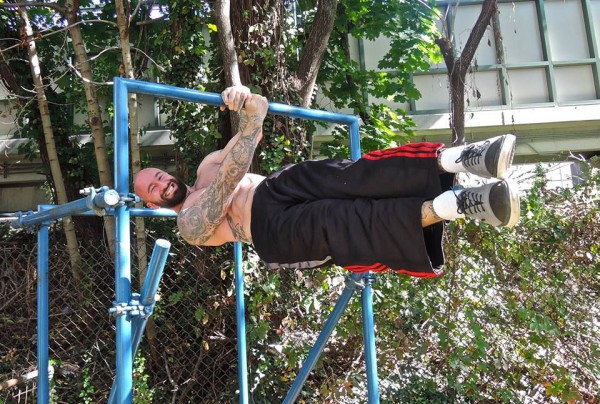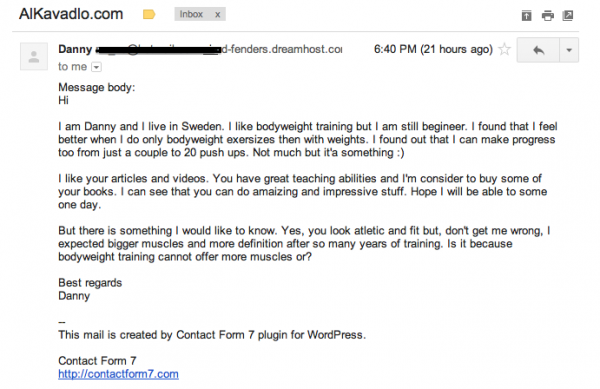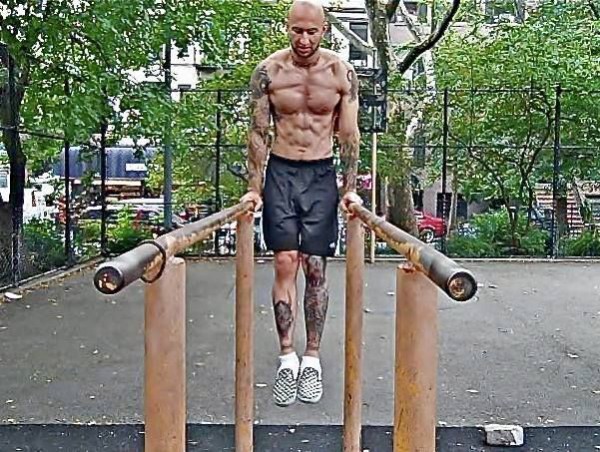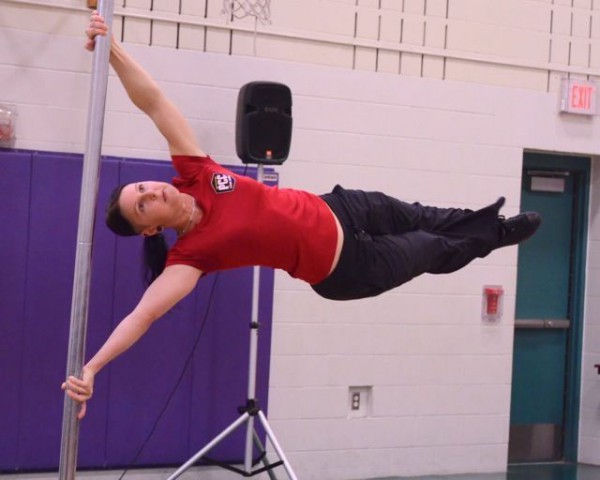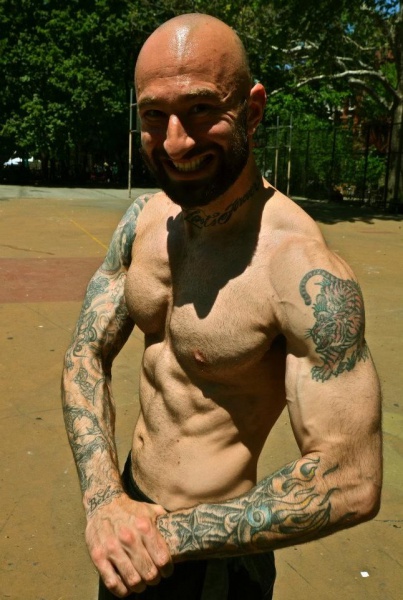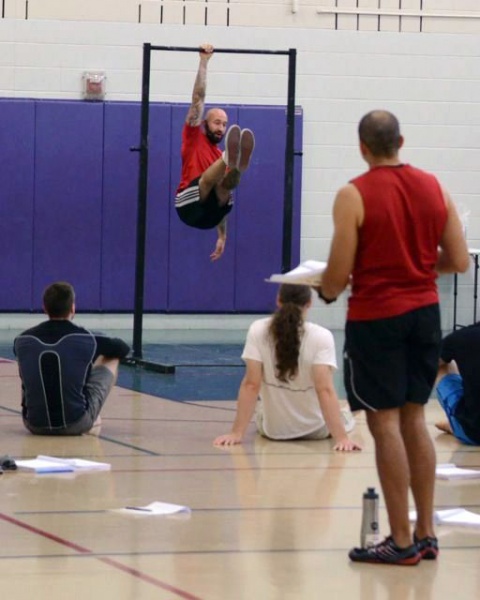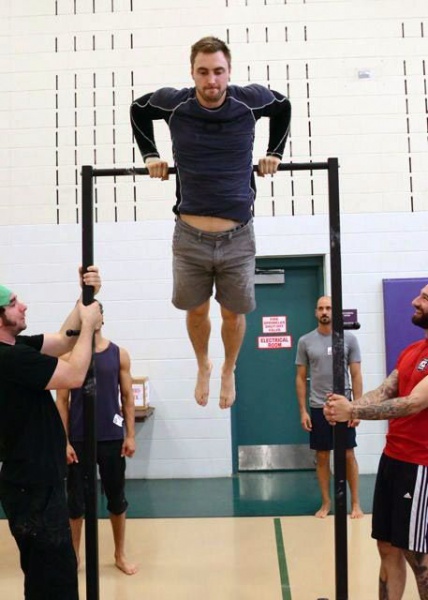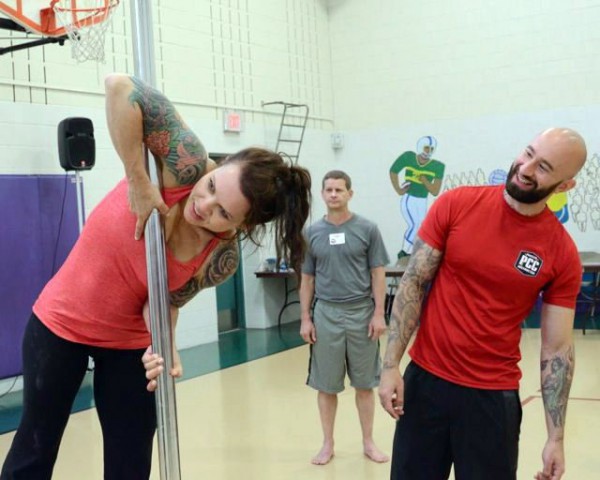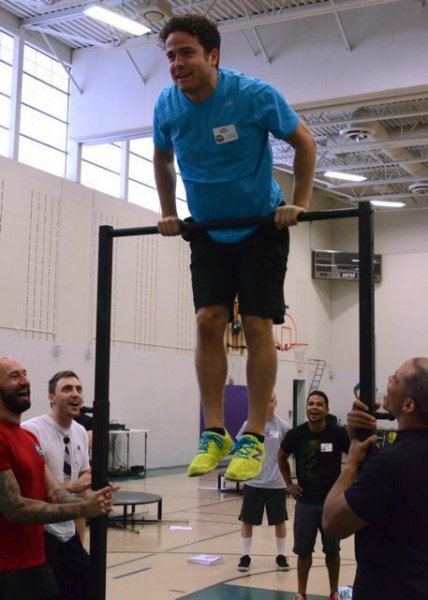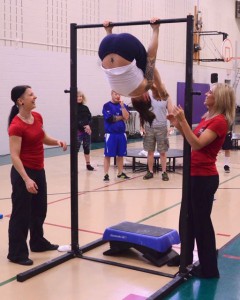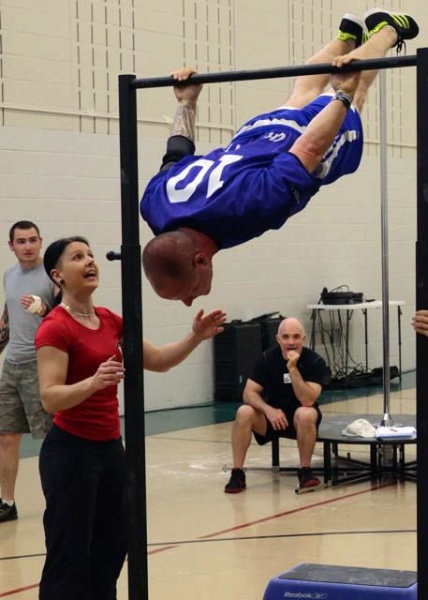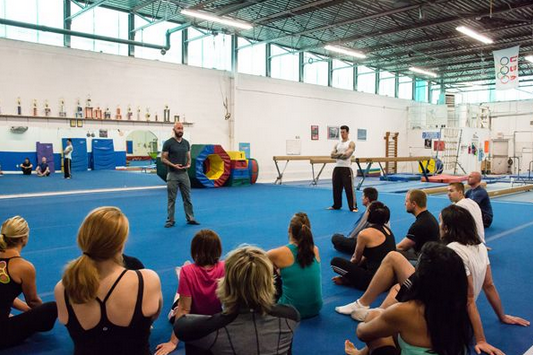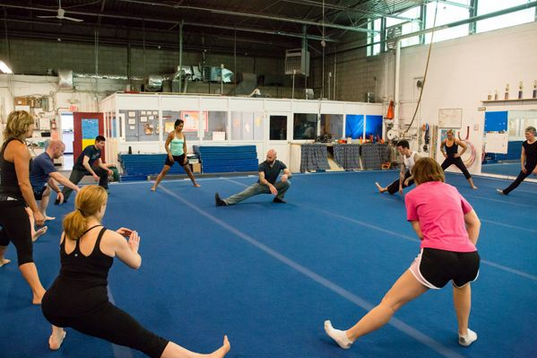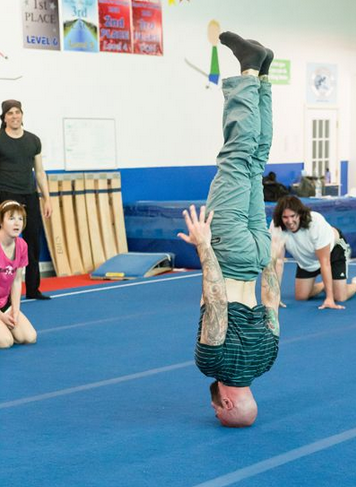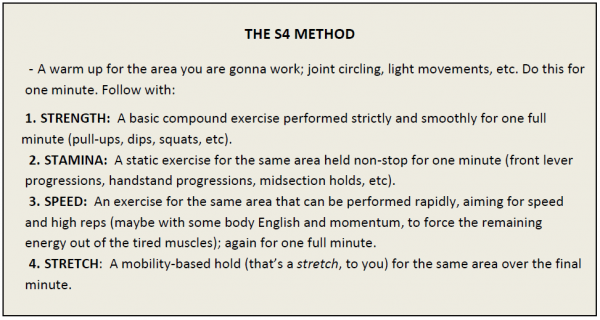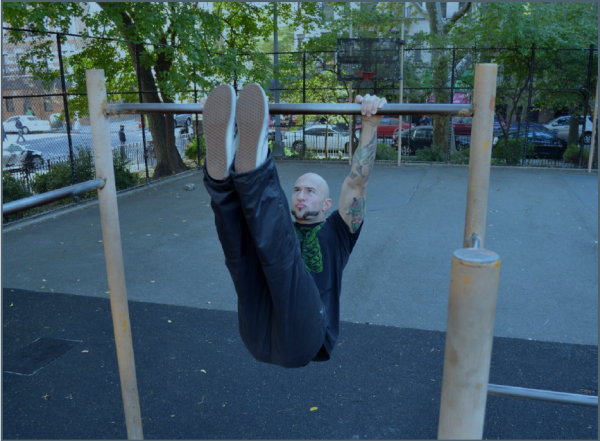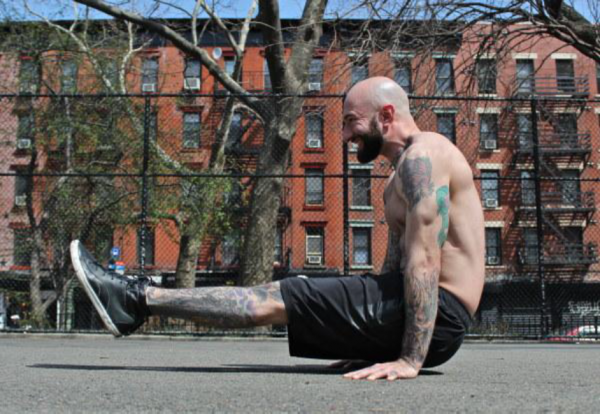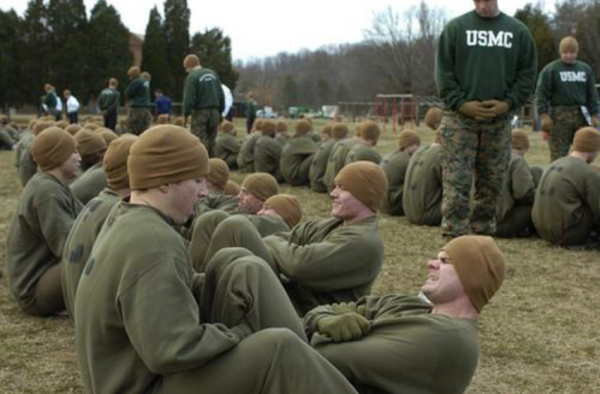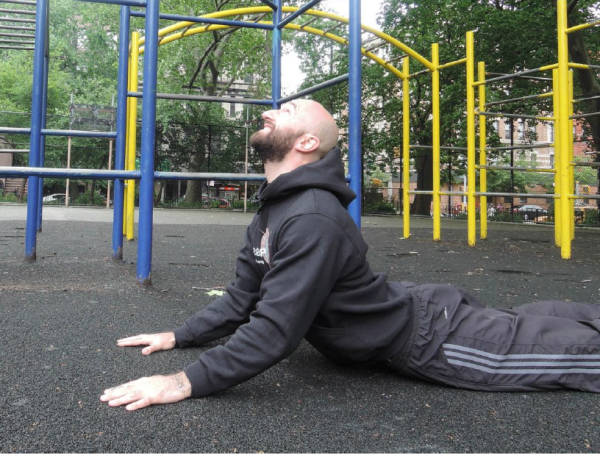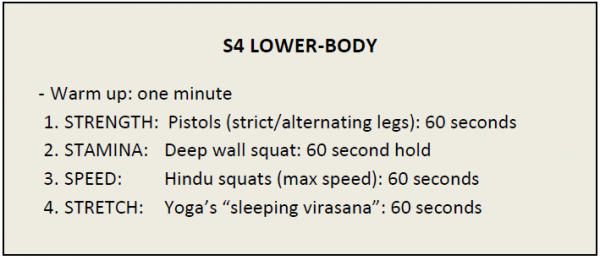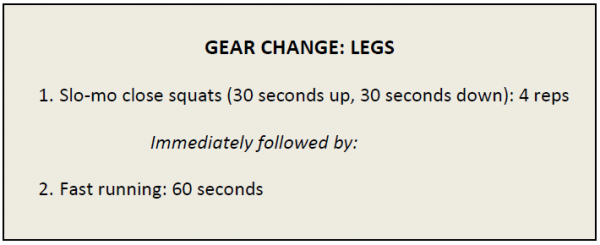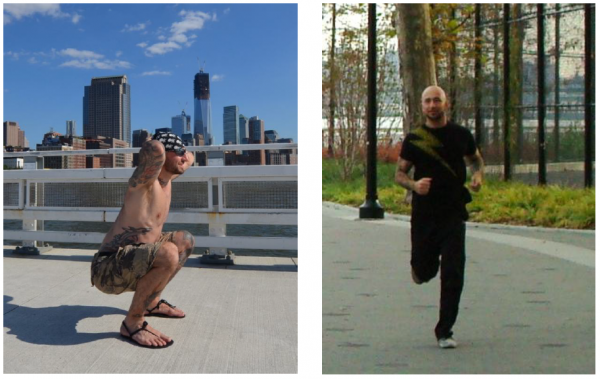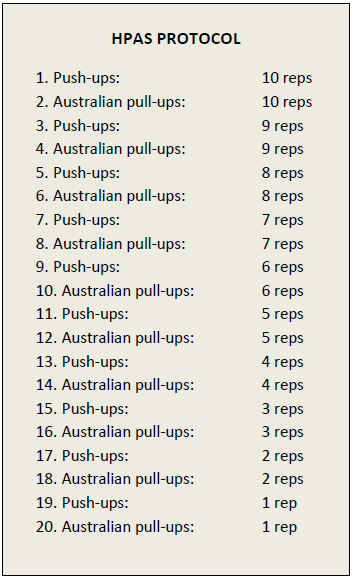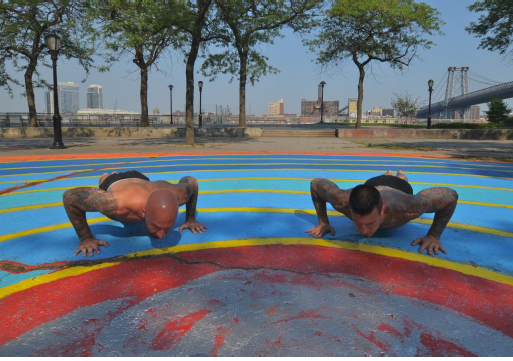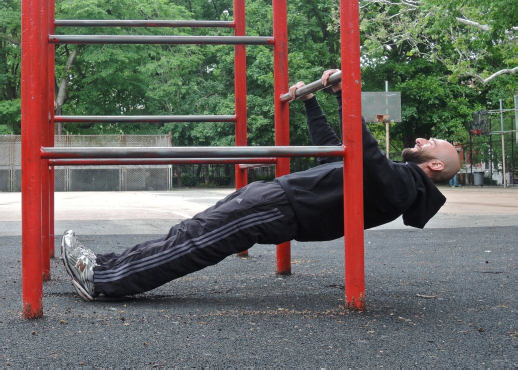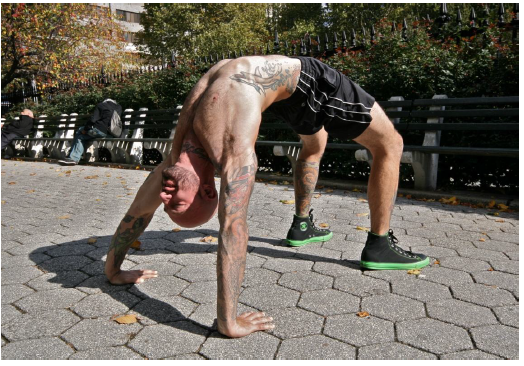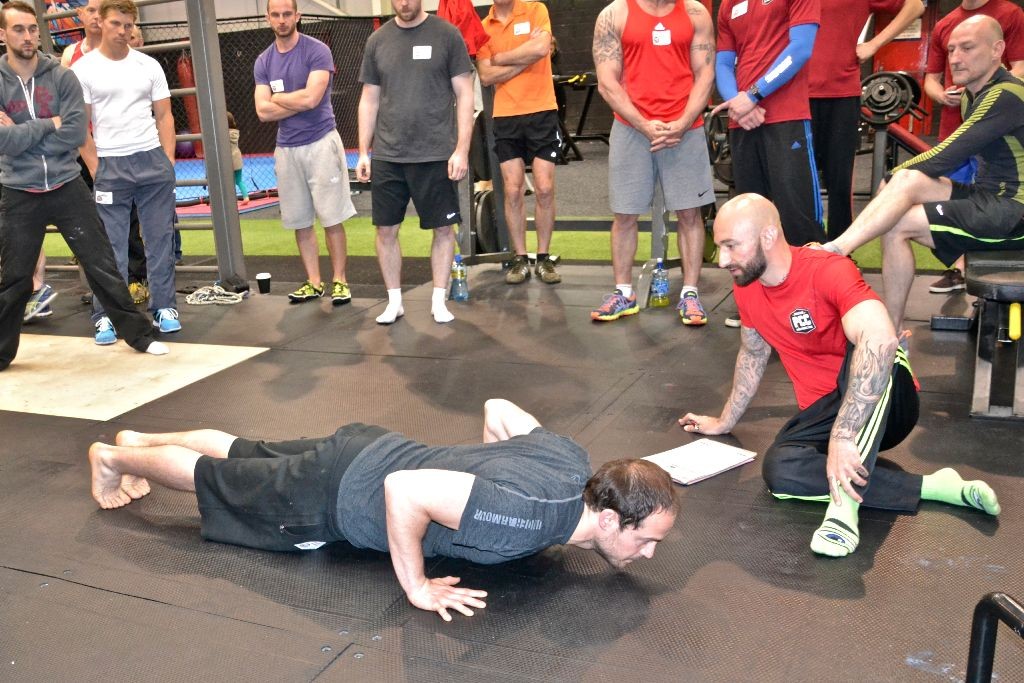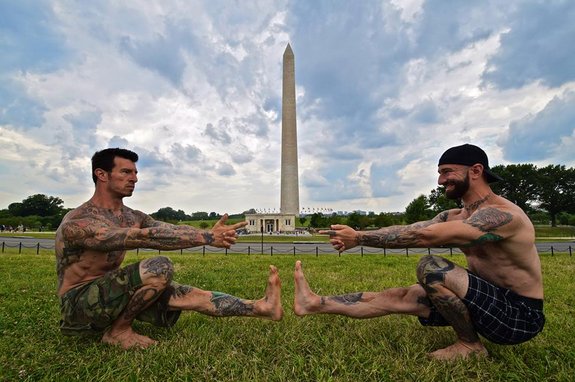
Last weekend my brother Danny and I visited our nation’s capital en route to our latest PCC event in Alexandria, Virginia. Between touring sights like the Washington Monument and witnessing so many historic PCC firsts, it was a weekend I will never forget!
As is always the case with the PCC, calisthenics enthusiasts from various backgrounds and disciplines gathered together to hone their bodyweight skills, draw inspiration from one another and push their limits to set new personal achievements.
Every time we do a Progressive Calisthenics Certification, it’s a whirlwind of a weekend and I can’t believe how quickly it’s all over. But like the old saying goes, time flies when you’re having fun!

The caliber of athletes attending the PCC continues to impress and amaze me. We had so many incredibly strong individuals gathered together in one room that the collective energy was off the charts! The number of firsts that took place was truly awe inspiring.
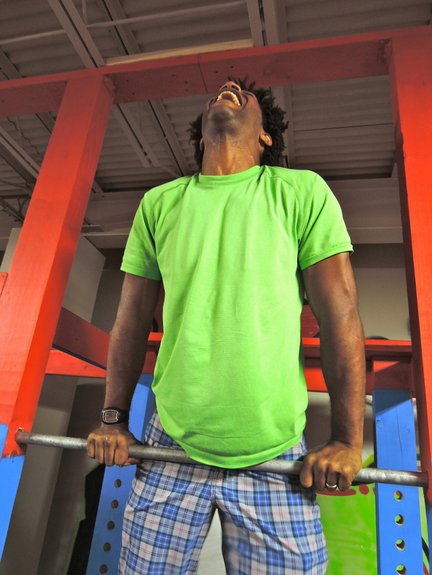
For the first time in Progressive Calisthenics Certification history, each and every PCC candidate who took on the Century test met the challenge and earned their ranking to become an official PCC instructor. The collective energy amongst this group was so intense, once the Century momentum got going, it was unstoppable!
In addition to the unprecedented passing rate, we also saw lots of first muscle-ups, first back levers, first handstands and other groundbreaking achievements. Many a plateau was destroyed. It really felt like there was magic in the air!
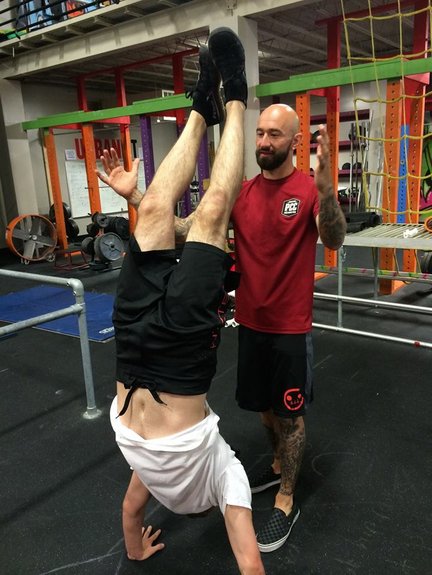
In fact, I even achieved a personal best myself! I did what I’d consider my cleanest, slowest muscle-up I’ve ever done. Or at least the best one I’ve gotten on video!
Notice that I am rolling my hand slowly over the bar rather than beginning with a false grip, which adds an extra challenge. Thankfully the bar is relatively thin!
There are currently PCC events planned in 9 different cities over the next several months. I hope to see YOU in the next group photo!
We’re Working Out!
-Al
